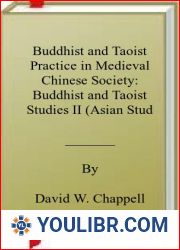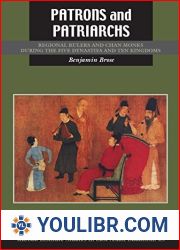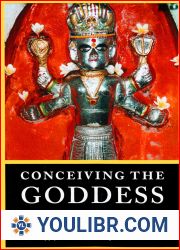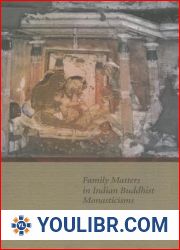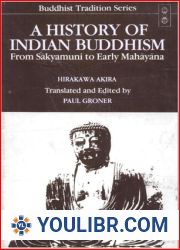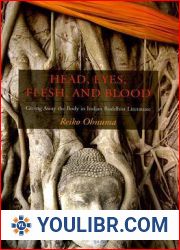
BOOKS - Conceiving the Indian Buddhist Patriarchs in China


US $8.56

14184

14184
Conceiving the Indian Buddhist Patriarchs in China
Author: Stuart H. Young
Year: May 1, 2015
Format: PDF
File size: PDF 3.4 MB
Language: English
Year: May 1, 2015
Format: PDF
File size: PDF 3.4 MB
Language: English
Asvaghosa, Nagarjuna, and Aryadeva are among the most celebrated Indian patriarchs in Asian Buddhist traditions and modern Buddhist studies scholarship. Scholars agree that all three lived in first- to third-century C.E. India, so most studies have focused on locating them in ancient Indian history, religion, or society. To this end, they have used all available accounts of the Indian patriarchs' lives - in Sanskrit, Tibetan, various Central Asian languages, and Chinese, produced over more than a millennium - and viewed them as bearing exclusively on ancient India. Of these sources, medieval Chinese hagiographies are by far the earliest and most abundant.Conceiving the Indian Buddhist Patriarchs in China is the first attempt to situate the medieval Chinese hagiographies of Asvaghosa, Nagarjuna, and Aryadeva in the context of Chinese religion, culture, and society of the time. It examines these sources not as windows into ancient Indian history but as valuable records of medieval Chinese efforts to define models of Buddhist sanctity. It explores broader questions concerning Chinese conceptions of ancient Indian Buddhism and concerns about being Buddhist in latter-day China. By propagating the tales and texts of Asvaghosa, Nagarjuna, and Aryadeva, leaders of the Chinese sangha sought to demonstrate that the means and media of Indian Buddhist enlightenment were readily available in China and that local Chinese adepts could thereby rise to the ranks of the most exalted Buddhist saints across the Sino-Indian divide. Chinese authors also aimed to merge their own kingdom with the Buddhist heartland by demonstrating congruency between Indian and Chinese ideals of spiritual attainment. This volume shows, for the first time, how Chinese Buddhists adduced the patriarchs as evidence that Buddhist masters from ancient India had instantiated the same ideals, practices, and powers expected of all Chinese holy beings and that the expressly foreign religion of Buddhism was thus the best means to sainthood and salvation for latter-day China.Rich in information and details about the inner world of medieval Chinese Buddhists, Conceiving the Indian Buddhist Patriarchs in China will be welcomed by scholars and students in the fields of Buddhist studies, religious studies, and China studies. Published in association with the Kuroda Institute.












